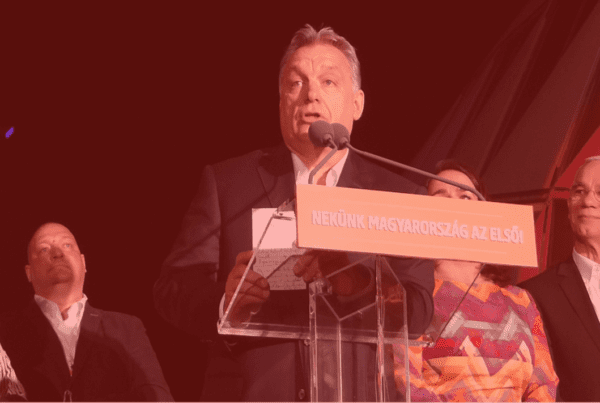Photo: “Flags around monument at sunset“, by Mommy110710, licensed under CC BY-SA 3.0. Hue modified from the original.
Casey, Justin S., and Lucas Dolan. “Ideological Topography in World Politics: A Guide to the End of the Unipolar-Homogeneous Moment.” International Studies Quarterly 67, no. 1 (2023): sqad011.
Abstract
The immediate post–Cold War era was defined by the material and ideological dominance of the United States. Thirty years on, challenges to both types of dominance proliferate. What explains the systemic change currently underway? The conventional wisdom of a shift to bipolarity or multipolarity ignores the possibility of changes within unipolarity. Recent instability is better explained by the decreased dominance of liberal-democratic ideology and the re-emergence of ideological competition. Building on Raymond Aron’s analysis of homogeneous and heterogeneous international systems, we propose a typology exploring the intersections of systemic distributions of power and ideological topographies. Homogeneous topographies operate on a principle of collusion, reducing uncertainty while promoting restraint, transnational society, and gatekeeping against challenger ideologies. Heterogeneous topographies follow a crisscrossing logic, raising the stakes of relations, contributing to breakdowns in norms of nonintervention, enabling subversion by splitting loyalties, and encouraging repression and the fragmentation of transnational society. Applying this framework, we reappraise the 1990s as a unipolar-homogeneous moment. The emergence of heterogeneity in the mid-2000s, with the rise of authoritarianism and transnational illiberalism, put greater pressure on US unipolarity. This work has implications for debates about US foreign policy, the stability of unipolar systems, and the consequences of systemic change.







